Bangladesh faces massive load-shedding as India’s Adani cuts power supply
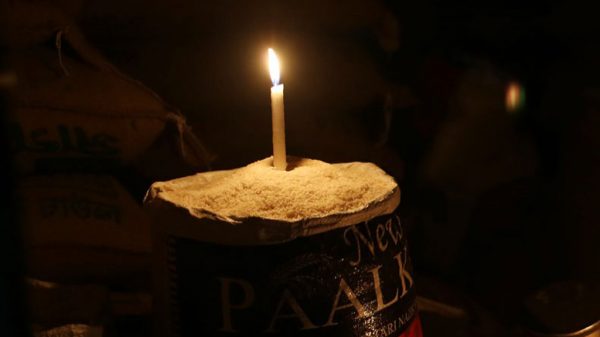
Shawdesh Desk:
Bangladesh, which watched a humid heatwave intensify over almost half of its districts on Tuesday, suffered up to 16 hours of power cuts in places after the power supply from the coal-fired power plant run by Adani Power in India was drastically reduced without a pre-announcement.
With 27,515MW of installed power generation capacity, Bangladesh fell short of 1,887MW of electricity to meet the demand of 14,800MW at 2:00am on Tuesday, the hour the country recorded its peak load-shedding.
Just 24 hours ago, the power shortage stood at 278MW against the demand of 14,380MW.
Since the ongoing heatwave began three days ago, leading to a rise of about 4,000MW in power demand, load-shedding has undergone an astronomical rise from almost zero.
An ongoing economic crisis has seriously limited Bangladesh’s energy use for more than two years now.
The current crisis is unique given that almost all baseload power plants are running at half or one-third of their capacities for one reason or another, with no hope of the situation improving anytime soon, especially after one of Bangladesh’s two floating storage and regasification units remains out of order since the cyclonic storm Remal hit on May 28.
‘The shutdown of a floating storage and regasification unit put us in a crisis that only worsened after Adani shut down one of its two units beyond schedule,’ power secretary Habibur Rahman told New Age.
Bangladesh owes over $3 billion to power producers at home and abroad, according to the power ministry, including $500 million owed to Adani Power in outstanding bills.
The public relations agency that was looking after Adani Power’s media relations in Bangladesh, however, claimed that the shutdown of one of the units at the 1,600MW Godda power plant was for maintenance and scheduled.
The explanation lacked consistency because the remaining unit still in operation has the capacity to generate at least 800MW.
On June 24, Bangladesh received only 371MW from Adani’s Godda power plant.
On June 19, the day Adani shut down its second unit, as revealed by the daily electricity generation report of the Power Grid Company of Bangladesh, Bangladesh received 1,060MW.
The power supply from Tripura also remained below 100MW, often less than 80MW, due to unpaid electricity bills, according to Indian media reports.
A unit of the 1,320MW coal-based Payra power plant is also currently under maintenance.
The 1,320MW coal-fired Rampal power plant supplied 593MW in the evening peak hour on June 24, saying that it had shut down its second unit, about which there was no explanation from the power ministry.
The newly-built 1,200MW Matarbari coal-based power plant had one of its two units under maintenance, according to the PGCB.
The 586MW Unique Meghnaghat power plant remained completely shut down because of a gas shortage.
The 1,224MW newly-built coal-based SS Power plant supplied only 481MW on June 24.
The 307MW coal-based Barishal power plant generated 200MW on June 24 due to a coal shortage.
An analysis of the daily power generation report released by the PGCB showed that 114 out of 150 power plants were either partially or completely out of operation for one reason or another on June 24.
Only about 25 per cent of Bangladesh’s current installed generation capacity could smoothly operate, the PGCB report revealed.
On June 24, a total of 33 power plants faced technical problems, such as engine or machine problems, while a fuel shortage affected operations at 46 gas- and furnace-oil-based power plants.
A dozen power plants were under maintenance, while 18 did not operate because their contracts expired.
On June 24, Bangladesh produced 5,655mw using gas at the peak load-shedding hour at 2:00am. The installed gas capacity is 11,880. Before the FSRU malfunctioned, Bangladesh produced a maximum 7,000MW using gas.
The installed coal capacity, on the other hand, is 5,108MW. But the maximum electricity generated from coal was mostly about 3,000MW, though it dropped to about 1500MW occasionally.
The installed furnace-oil-based capacity is 6,035MW. At the peak load-shedding hour on June 24, furnace oil generated 3,202MW.
An online provider of fuel prices, Trading Economics, showed that coal was sold at $131.91 per tonne on June 25 following an 8 per cent fall in its price this month.
The US natural gas price was around $2.8/MMBtu on June 23. The crude oil price held just below $82 per barrel on June 24.
Indian heatwaves and geopolitical unrest have kept fuel prices somewhat unsteady, but energy experts found them very affordable unless the economic situation was really bad.
The Bangladesh Meteorological Department said that a mild to moderate heatwave was sweeping over Dhaka, Rajshahi and Khulna divisions, covering 31 out of 64 districts.
Bangladesh’s highest temperature of 38C was recorded in Rajshahi on Tuesday.
New Age staff correspondent in Rajshahi reported that people in rural areas in the districts have been suffering from around 16 hours of power cuts for the past three days.
Mominul Islam, a college student of Anupampur village under Charghat upazila in Rajshahi, said that he could not sleep at all on Monday night because of power cuts amid a humid heatwave.
‘Seven to eight power cuts occurred on Monday night,’ he said.
Mehedi Hasan, a resident of Shekherpara village under Godagari upazila in Rajshahi, told New Age that they had also been experiencing power cuts of up to 14 to 16 hours for the past few days.
‘There is no need for power for irrigation. Why is there load-shedding now?’ he asked.
The humidity in the air at 6:00am on Tuesday was 88 per cent.


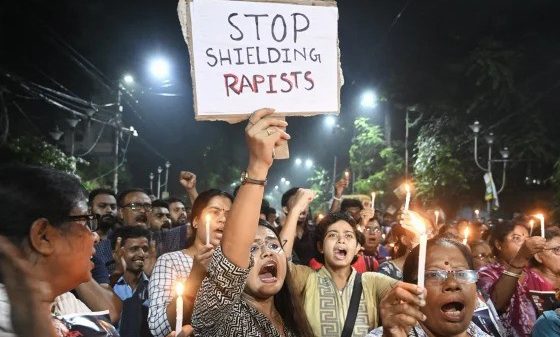


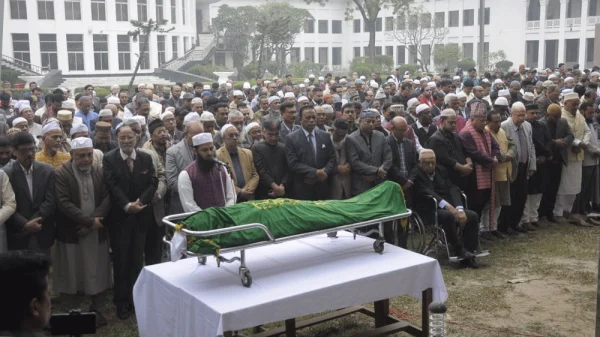
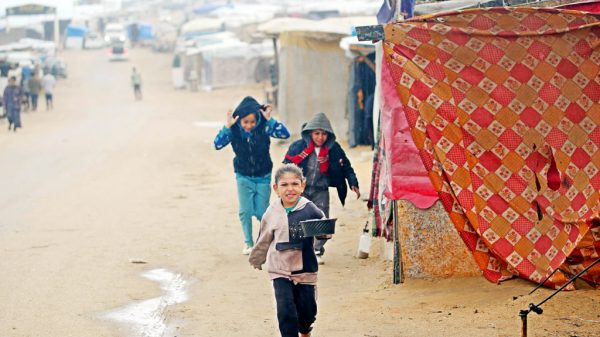
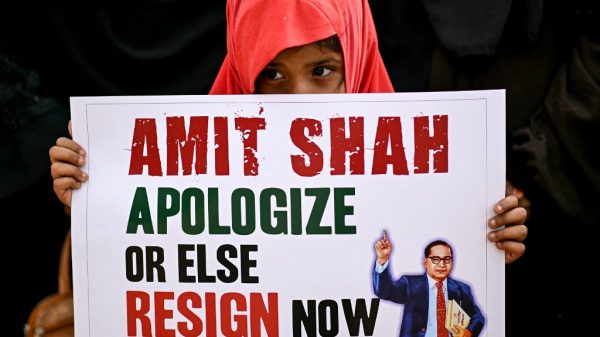


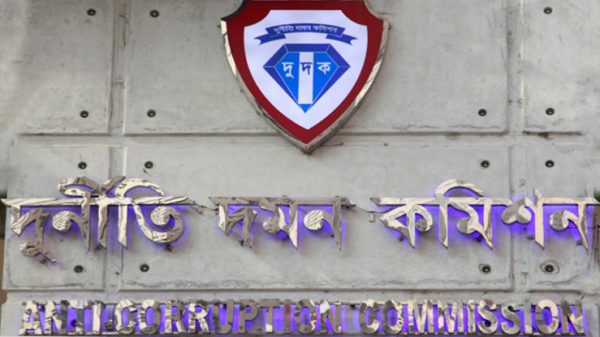

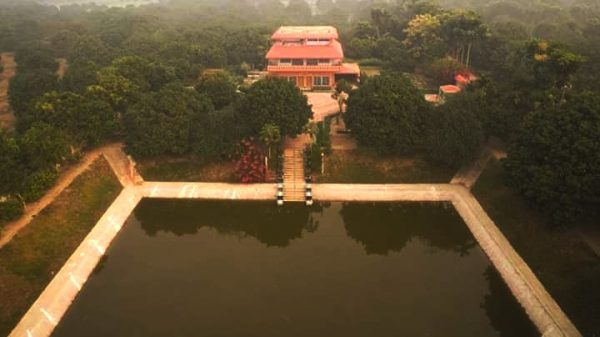




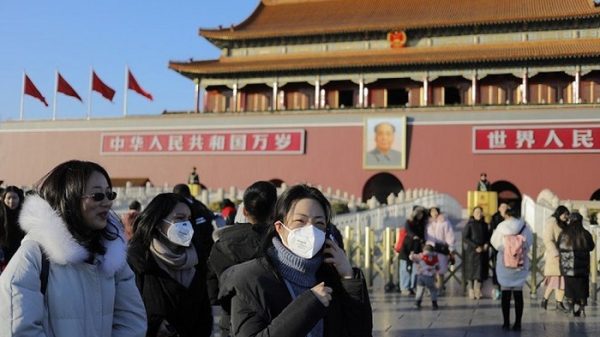

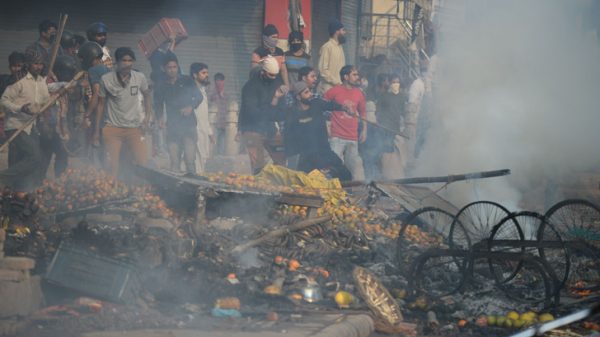



Leave a Reply